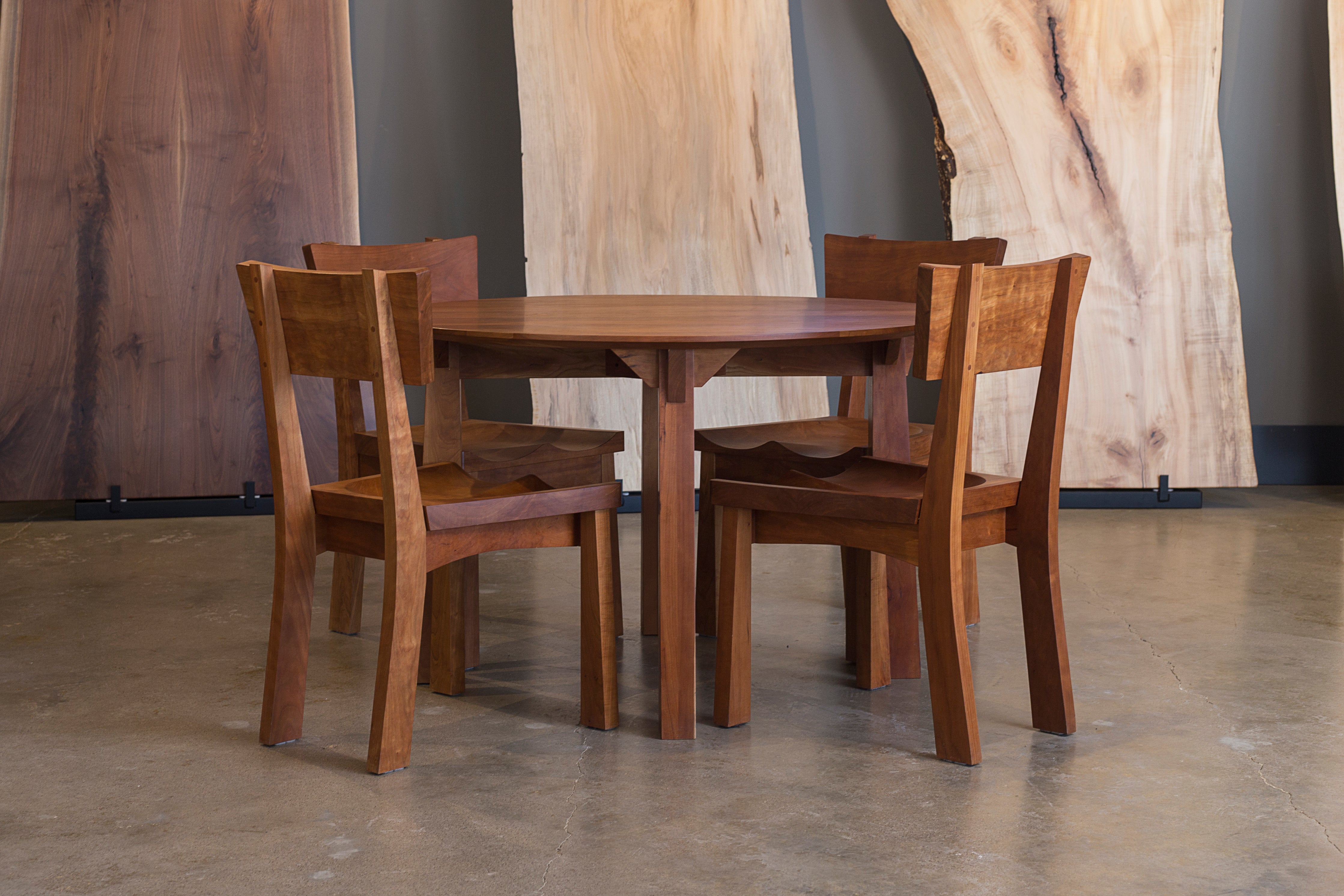Wood furniture adds warmth and character to any home. But like all good things, it requires a little TLC to maintain its charm. While hardwood is a naturally durable material, everyday wear and tear, environmental factors, and even tiny critters can pose a threat to your favorite pieces.
Don’t worry, though. By understanding these common threats, you can take steps to safeguard your precious wood furniture and ensure it remains in good shape for years to come. So, read on to learn more about the common threats to wood furniture:
The Environment
Sunlight, moisture, and temperature fluctuations are some of the biggest threats to wood furniture.
Direct sunlight can cause fading, especially on lighter wood species. Lignin, an organic polymer that contributes to the strength and structure of wood, breaks down from constant exposure to ultraviolet rays. So, while a sunny spot seems ideal for your grandmother’s antique rocking chair, it’s best to place it in a corner with more shade to preserve its beauty.
Similarly, extreme temperature changes can potentially damage wood furniture. Avoid placing pieces next to radiators, air vents, and fireplaces. The constant heat dries out the wood, making it brittle and prone to cracking.
Humidity is another threat but a bit trickier than sunlight and temperature fluctuation. High humidity levels can cause wood furniture to warp, swell, and even promote the growth of mold and mildew. On the other hand, excessively dry environments can lead to cracks and shrinkage. Aim for a consistent, moderate humidity level in your home, ideally between 30% and 50%.
Daily Wear and Tear
The scratches, dents, and watermarks on your wood furniture are inevitable consequences of everyday life, especially if you have children and pets.
Prevention is key here—use coasters and placemats to protect the surface, especially on tables. Then, opt for a soft cloth to keep your furniture free from marks whenever you clean it.
When spilling happens, it’s important to act quickly. Blot up any spills with a clean, absorbent cloth. Avoid rubbing, especially for colored liquids on light wood, as this can spread the stain further. [insert water stain blog link].
Hot dishes also leave marks. So, always use heat trivets or mats to protect the wood surface from heat damage and discoloration.
Pesky Pests
Pests are the silent lurkers that can do just as much damage as mold and moisture do. Here are the two most common wood furniture pests:
Early Detection and Regular Cleaning
Early detection is very important in preventing significant damage. Wood borers tend to leave behind trails of powdery excess, which you can usually find as a small mound of wood dust on the floor. Termites, meanwhile, are sneakier and are often noticed when damage has been done. This is why regular cleaning is important—it’s not just to clear surfaces from dust but to also identify early signs of infestations. Specifically, look for:
- Mud tubes, resembling narrow tubes made of mud
- Small round holes on the furniture surface
- Frass, which are insect droppings that look like sawdust and wood dust found near the furniture
- Hollow sound when you tap on the wood

T.Y. Fine Furniture's signature wood oil and balm are formulated with natural and food-safe ingredients. They keep your beloved piece clean and protected, allowing the precious wood to develop a beautiful patina as it ages.
Choose Wood Furniture Wisely
No wood is completely immune to infestation. But by choosing naturally resistant hardwoods and opting for treated and finished pieces, you can significantly reduce the risk of wood borers and termites becoming a problem in the future.
It also pays to consider wood furniture tightly constructed with traditional joinery like dowel joints and mortise-and-tenon joints. The minimal gaps and cracks offer fewer entry points for these pests.
***
Although wood is strong, it's not invincible even when it's a hardwood with a high Janka rating. However, with proactive care and some knowledge, you can significantly extend the lifespan of your beloved wood furniture.



Leave a comment
This site is protected by hCaptcha and the hCaptcha Privacy Policy and Terms of Service apply.